If you’re in the middle of making interior design choices, you’ve probably encountered all of the usual dilemmas and smashed them out of your way.
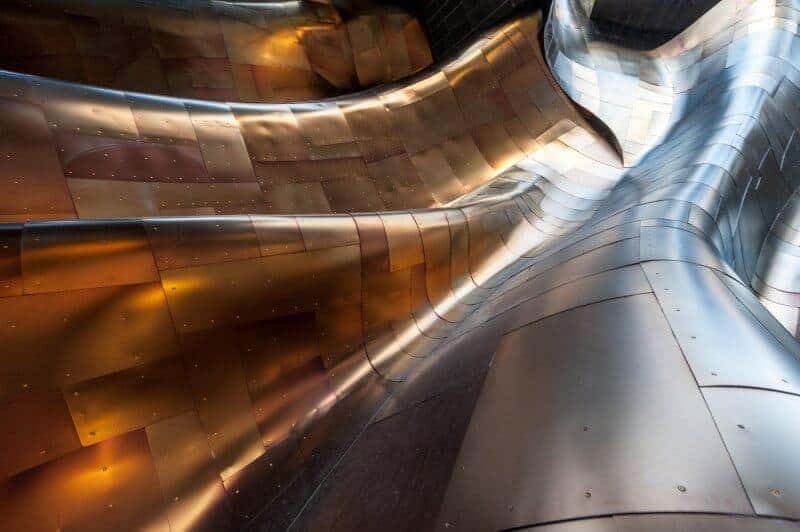
Which colour scheme should you choose? BANG! Decision made!
Do you want closed or open storage? KABOOM! Sorted.
Do you want a feature wall and – if you do – what colour is it going to be? BLAMMO! You don’t need to think that through anymore!
Well… sorry to be a pain, but what about the metals in your decor?
“What metals?” you wonder.
Well, quite – there’s a lot of them, but so few of us pay much attention to them. That’s a real shame, because they can make or break a room.
“I’m not a newcomer when it comes to decor design choices – what do you mean ‘make or break’ a room? Everything can do that.”
That’s true, but the problem with the metals in your decor is that they are so often ignored. That’s because they tend to be functional.
“In what sense, functional?”
The majority of metals that we think aren’t choices and accents that we choose to put in a room. They’re there because they have to be. Think about it: light switches, pull cords, handles on the kitchen cabinets – that kind of thing.
Then there’s the kitchen, where the majority of the metal in your home will live – and most of it will be functional. There’s the kitchen sink, for example, and the washboard. Are they going to be modern or more aged in their design? Is it going to impact their function? Do you long for kitchen mixer taps from Tap Warehouse or do you prefer the idea of two separate taps?
“Hang on – do these things have to be metal?”
The sink and everything around almost always is. Ceramic is nice, but it can be a horror show to maintain as well as more easily breakable than you’d want something expensive to be.
As for the light switches, light fittings, pull cords –
“They can be plastic.”
You might ask but ‘who can cut my plastic?’ But do you really want them to be?
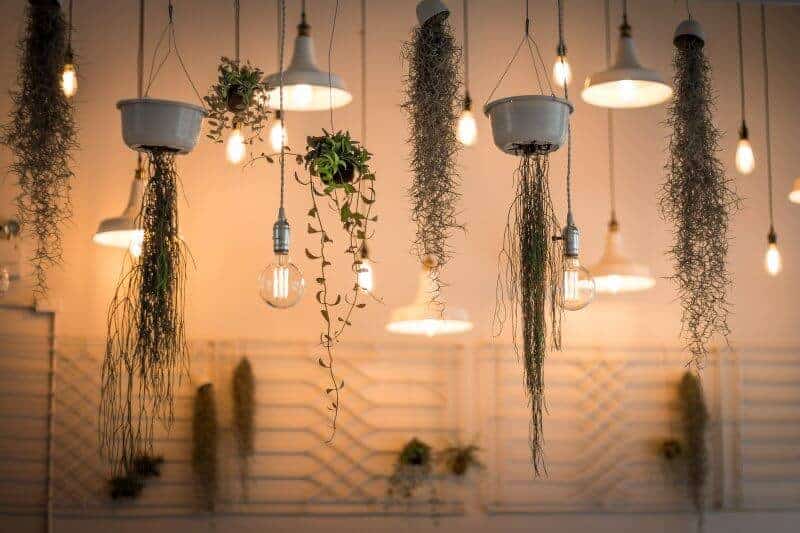
In fact, if you’re making over a room, the first – and arguably best – thing you should consider is replacing out all plastic fixtures for metal. There’s no arguments about it: they’re just more stylish. They look more permanent, more considered –
“And more expensive!”
Yes, metal is more expensive than plastic. But think how much you spend on the average room redecoration and concept. You spend a fortune on paint, on flooring, on the decor choices you make, your wall art – and then you have the cheapest possible option finishing everything off? It’s like wearing a £1,000 pair of shoes and then a cheap nylon dress that doesn’t fit you right.
If you want to bring a whole room together, then the budget needs to be spread evenly over it. Now, those things – the light switches, the pull cords, the curtain rails – they’re not exciting. They’re not the kind of thing you spend hours diligently pinning to Pinterest, agonising over the choice of. They don’t inspire the inner interior designer in you and make you feel like you want to redecorate every room in the house.
But they are the finishing touches that you need.
“Okay, so white plastic isn’t the best idea for that kind of thing. Let’s accept that; it’s a good idea to spread the budget and ensure you switch to a metal. Or… a wood?”
You can go for a wood, but they don’t tend to be as hard wearing. This is particularly true in areas that are going to get wet, such as the bathroom.
You also might have a hard time finding wood light switches, by the way. So probably best to stick to a metal.
“So, metal. That means chrome, then.”
You would think, given the way interior design trends have gone. Chrome has become the default; it’s synonymous with the Scandi style that we have all come to love. There’s a good reason for its popularity too. It looks good and it’s relatively inexpensive.
However, it’s also a complete pain to maintain. Sure it looks nice in the first five minutes it’s in situ; all glossy and shiny, so good it almost acts as an extra mirror. Then the fingerprints begin to cover it, it’s hard to clean and it’s a nightmare to remove water spots. It’s fair to say that it’s never going to look as good again as it does right out of the packaging.
“What are the alternatives?”
That’s where the fun comes in. There are several metal options and while opinions vary, they do have certain style behaviours associated with them.
Gold – Gold finishing touches are a classic, though the majority you’ll see in home decor is some kind of gold plate. We can probably all agree that actually gold for basics like light switches is going a bit too far.
“Definitely. If you have the money for huge chunks of solid gold, don’t spend it on light switches.”
A sensible rule for life.
The problem with gold fixtures is that they can look a little bit tacky. That seems strange given gold’s reputation as the best of the best. But if used too often, yellow gold can be overwhelmingly unattractive – even if it’s expensive. If you use it to cover absolutely everything – such as in that infamous lift photo – then it begins to look unpleasant.
One way to combat this is with brushed gold or some sort of texture. Gold always looks at its worst when it’s shiny and reflective, so that’s one option.
Rose Gold: Rose gold has become the metal of choice in recent years, bursting onto the scene and setting up home in thousands of residences across the land. If it’s decor-related, someone has made it rose gold. For example…
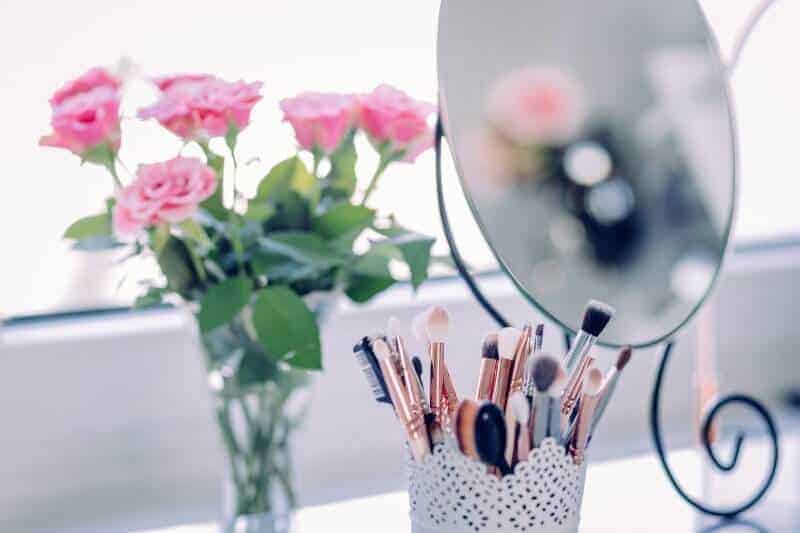
… You don’t just want makeup brushes as a display and decor piece, you want rose gold makeup brushes. Or perhaps…

A rose gold cellphone cover to sit on your rose gold notebook? It’s been everywhere.
Does that mean you shouldn’t use it? Of course not. Just because something is on trend doesn’t mean it’s inherently problematic – and of course, the popularity means items should be relatively easy to source.
Silver: Silver has all the problems of chrome but without the high-shine finish. However, bear in mind that proper silver has antibacterial properties – so it might be worth keeping this in mind for kitchen fixtures.
Copper: The claimant to the crown currently held by rose gold; copper is undoubtedly a beauty. It, too, has strong claims to be good for health, given that it’s a powerful antimicrobial. It also looks fantastic when used in decor.
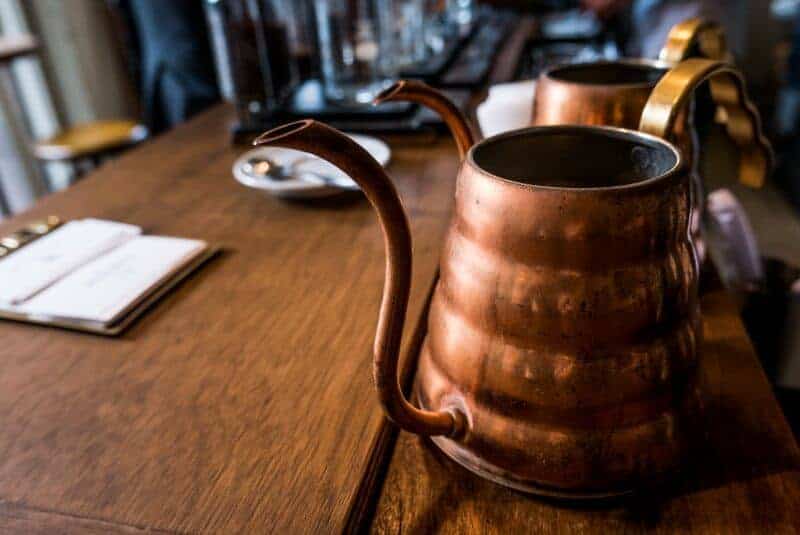
“Hang on, that’s loads – how on earth do I choose?”
To an extent, you don’t have to choose between the metals. It might have once been considered passé to mix metals, but most style-conscious people now know it can be done to great effect.
Try and think about your existing colour choices in a room when you’re considering which metal is going to work for you. For example, copper works best with dark tones and rich colours that complement its own depths. Rose gold works well with sparse, light colours that don’t compete with its intricate tone.
In the kitchen, you’re probably going to be hard pushed to find fixtures and fittings that aren’t in some variety of silver colour. Keep this in mind when it comes to chooses the rest of your colour scheme, but also don’t be afraid to add touches from other metals. Copper, for example, contrasts beautifully with silver – though avoid rose gold as they can wash one another out.
“Wouldn’t it take a long time to make changes to small items like light switches, light pulls, even the photo frames I use?”
Yes, but then again, if you’re looking for a quick fix then a deep dive into the world of interior design probably isn’t for you. If you’re detail-oriented however, you’d be surprised how much of a difference these things can make.
The best way of planning these switches is to do it at the same time as you renovate a room, rather than trying to change everything en masse. It might mean you have a hotch-potch for awhile, with metal fittings in one room while the rest of the house is still labouring on with white plastic – but it’s a lot less time consuming to do things one by one.
“Does it really make that much of a difference?”
If you’re still a sceptic and are wondering if it’s worth the hassle and expense of banishing white plastic, then the best thing to do is try it. You can buy cheap versions of different metals and replace the plastic; if you like it, you can upgrade when you’re ready.
What you will see, over and over, is that any room that looks “complete” and well-done has been done by incorporating metals into the design. If that perfectly styled aesthetic is what you’re hoping to achieve, then give it a go and see the difference it can make.
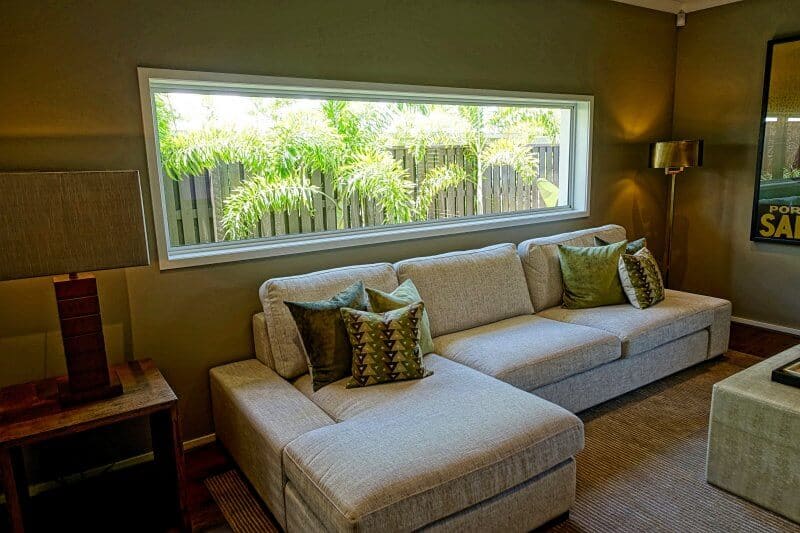


There’s a beautiful copper wall like that in the Mondrian Hotel – it’s so cool!
Oh wow, I LOVE amazing interior design. Would love a ‘trendy’ house x